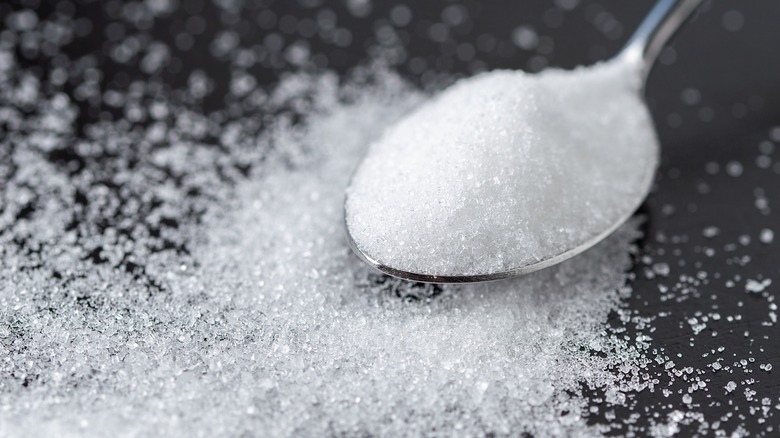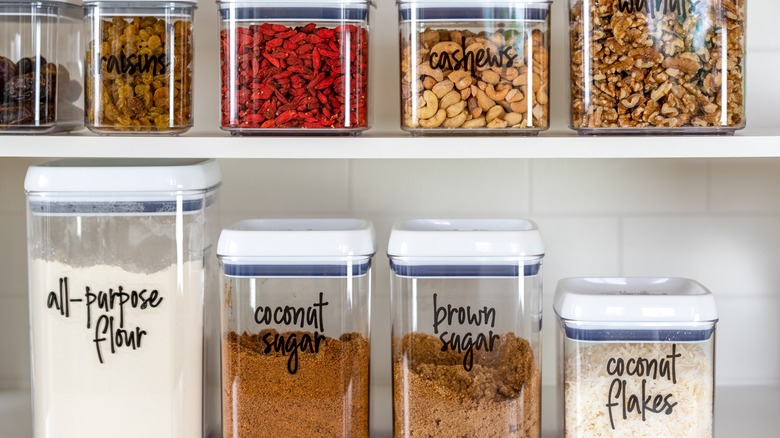Is It Safe To Eat Expired Sugar?
Expiration dates are common on many food items, often signaling the point beyond which the product may not maintain its optimal quality. This, however, may not apply to sugar. So, if you're wondering whether eating expired sugar is safe, the quick answer is yes. Generally speaking, consuming sugar past its expiration date is not a safety issue. Sugar is a stable substance and doesn't harbor bacteria or mold like other foods.
The lack of moisture in sugar acts as a deterrent against microbial growth, making it unlikely to become unsafe for consumption over time. The date you find printed on its package is more of a quality assurance than a hard-and-fast expiration. The U.S. Department of Agriculture recommends using your sugar within two years after opening for the best quality. Over time, the physical properties of it can change.
For example, granulated white sugar may clump together, and brown sugar may harden. These changes in texture are due to environmental conditions like humidity and temperature, and they affect its usability rather than its safety. That said, it's crucial to consider the storage conditions of the sugar to ensure safety and quality preservation.
Proper sugar storage conditions
The storage of sugar plays a crucial role in maintaining its quality and safety. An airtight container is the best option since it keeps the product isolated from humidity which is one of the most significant factors that affect sugar's quality. When exposed to moisture it can clump together, making it difficult to use. An airtight container will also keep away pests like ants which are drawn to sugar's sweetness and keep it from absorbing strange odors from the environment.
Heat is another environmental factor that could affect the quality of sugar, therefore, after packing in a closed container, place the vessel in a pantry, cupboard, or any other cool, dry place away from direct heat. While sugar doesn't spoil in the conventional sense due to its low moisture content, contamination is still possible. Therefore, knowing the telltale signs of contamination is key. These include the presence of pests or any foreign particles, unusual odor, or any signs of mold. These are indicators that the sugar has been compromised and should not be used.

